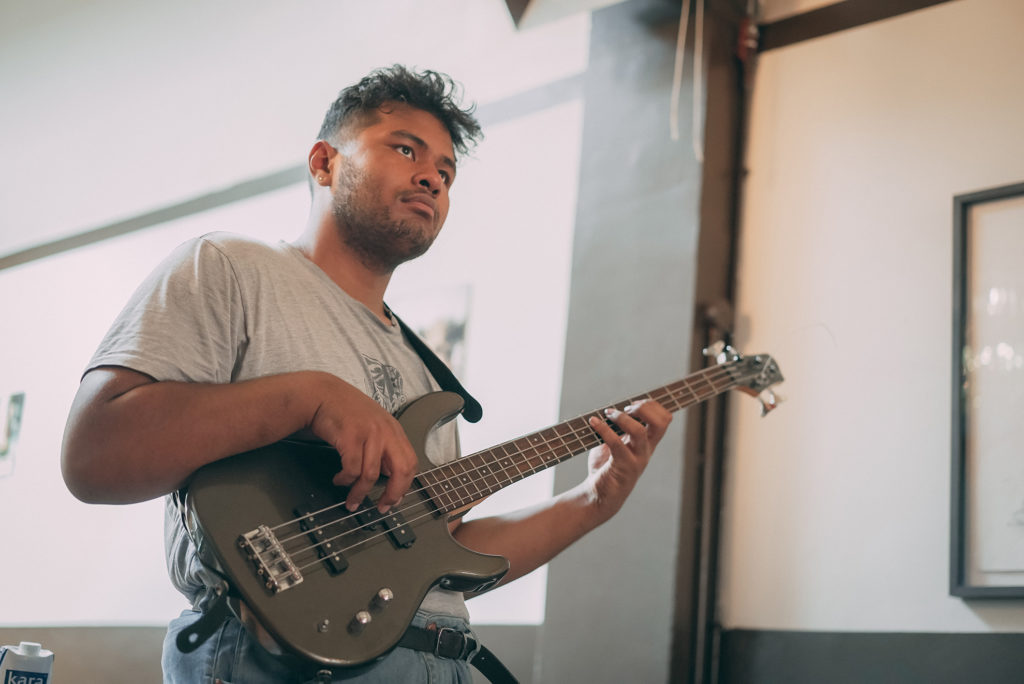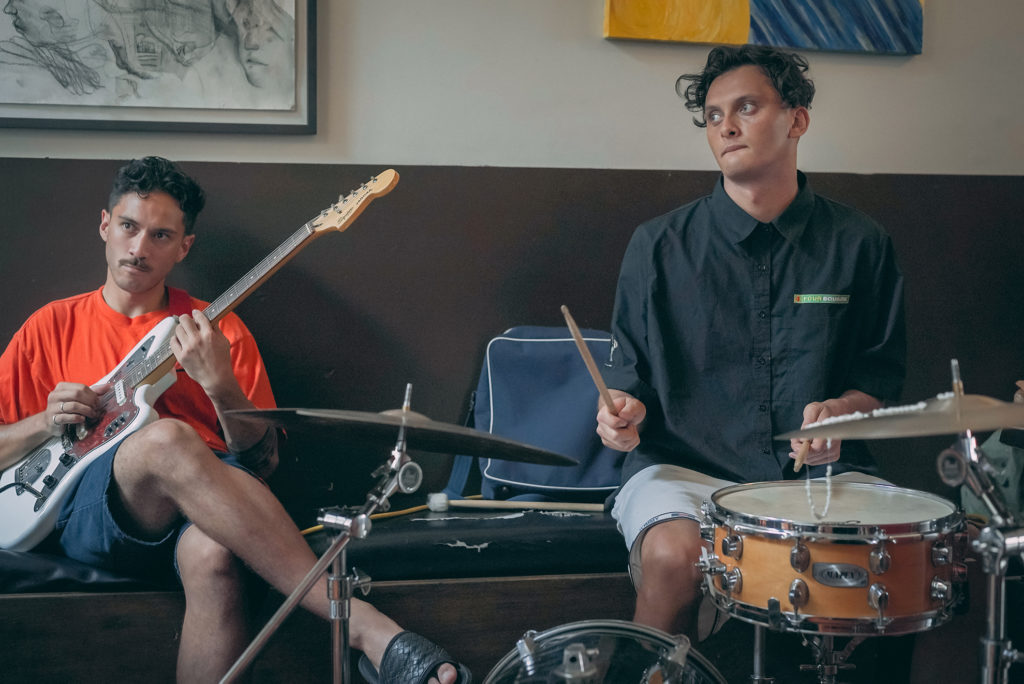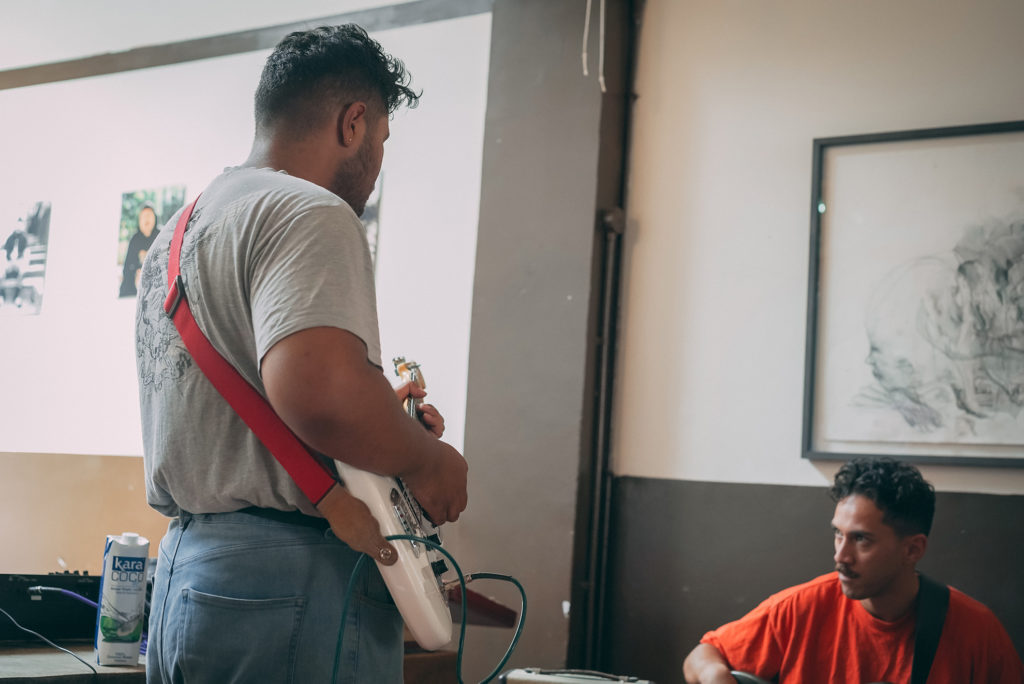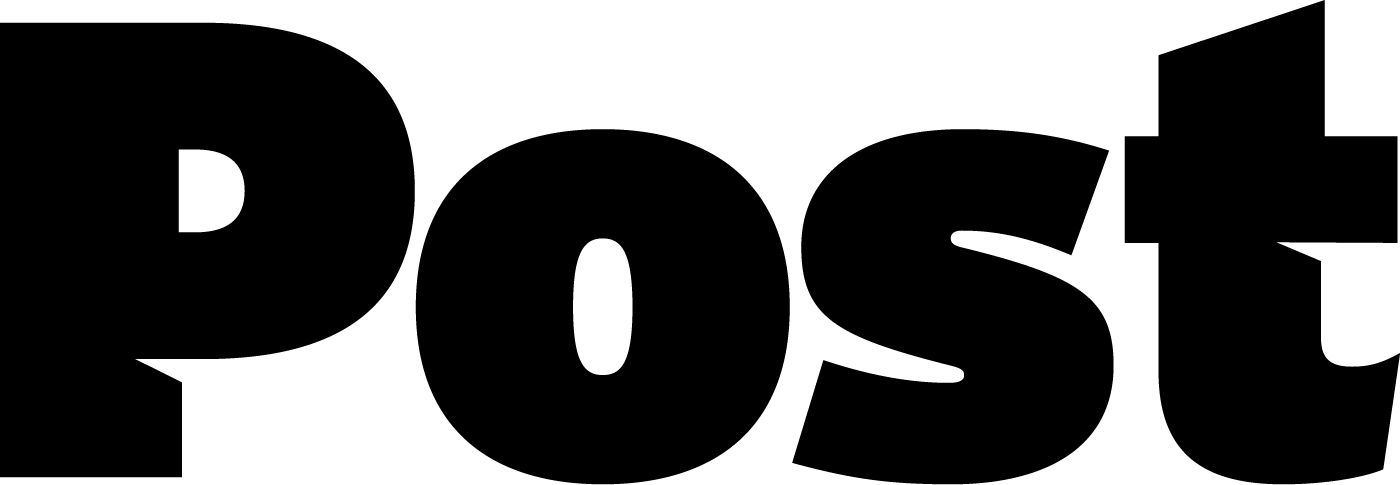
LEAO [NOA RECORDS]
Fa’asamoa: “to do what is Samoan”
Fa’aaloalo: can be seen as “to act with the many faces”
Talanoa: a space of conversation/exchange.
Upon listening to this record you’d think a bunch of Flying Nun artists secretly set up camp in Samoa and created their trademark jangle pop. This is not the case, however. With this record, Auckland musician David Feauai-Afaese has singlehandedly propelled modern Samoan music into a space I never thought possible. With the help of Noa Records, they’re changing the perception of what the sound of Polynesian music is. Below we discuss a bunch of the central ideas that helped create this landmark record.
Larsen: Gunna be doing a space activation at Aotea Square called Pacific Mystery. We’ve been dealing with Matthew Crawley. A bunch of our whānau will be playing on the day and also we’ll be showcasing the Leao stuff. We’re also collaborating with Aroha Jakicevich on the day. She’s playing meditative stuff, like a sonic-kāranga.
Keegan: Is that something you want to continue to do?
Larsen: Yeah, we’re trying to incorporate tikanga and other principles from within our cultural spaces wherever possible. Just feeding in that kaupapa.
Keegan: Ya think many people are doing that?
Larsen: It seems like it’s picked up. There’s more awareness around it both inside and outside of cultural spaces to some degree.
David: Just chilling. I feel like last year was a massive year in terms of growth.
It was interesting in terms around when the record came out and having massive recognition of who I am after a year of feeling distant to myself and my community.
Keegan: Is that your Samoan community?
David: I guess it does start from that place, but reconnecting with that was what helped me find recognition within myself after spending that year navigating different spaces and not feeling myself or being present. Through conversations in Pasifika spaces I’m finally coming to terms with who I am as a Samoan living in Auckland.

Keegan: What do you think created that space?
David: In all honesty, too much thinking.
Keegan: Do you think fa’asamoa had a large thing to do with it?
David: A lot of those themes do tie in to who I was last year. What I was sort of learning about connection between people and how to respond to learnings. I feel like I spent a lot of the first portion of last year in my own head thinking a lot .
Keegan: That can be dangerous spending that amount of time in your head
David: Yeah, exactly! It was definitely period of creation. Creating these new realisations for myself but they can also be dangerous if you get too caught up in it. I feel being in Pasifika spaces, or mainly in a music space or a kava space, it has allowed that opportunity to talanoa with people.
Larsen: It’s the talanoa that grounds it. Rather than having a conversation with yourself you’re having that conversation with others, it goes outside of yourself.
David: Half the time you have conversations with yourself but then end up doing the opposite. You’ve got to worry about not trying to get caught up in small talk.
Keegan: I think the lesson there is don’t come to K Road too much
[Everybody laughs]



David: You know Paul aka Ghost (local k road rough sleeper)? At the start of last year I found him so interesting, his embodiment of this character, like heaps of characters. This was around the time I was trying to pinpoint where characters come from, mainly within myself. Towards the end of the year, I got to a point where I was like, “dude what are you up to?”.
Keegan: What’s the approach been to the creation of the record?
Dave: Before getting in to any of the jams like we had today, we spent a lot of time building that trust and comfortability through lunch, kava and talanoa so that we want to create with each other. By having that ongoing dialogue and cohesion you’re more open to each other.
Larsen: You’re already there with each other so it’s easier. There are certain people that I gel with very well, so when you step in to a musical space with them it’s almost telepathic. The whole musical conversation is fluid.
Nāva: These are the first people I’ve ever jammed with.
Keegan: Is there a reason why you felt that way?
Nāva: I didn’t play too much guitar or bass last year. I guess I was just scared I couldn’t learn the songs. Nothing against them, it was more me being hard on myself. I just need to show up and do the mahi.
Larsen: That’s where the thinking becomes a buffer. The thoughts can get in the way.
Keegan: And you’d played previously in bands?
Nāva: It’s been years, I was 14 or 15, I was in a duo and then this chick broke my heart and I never really recovered [jokingly]. I’m better now.
Keegan: You guys have mentioned kava, is this a theme within the band?
Larsen: David has invited me into that. It’s helped with exploring the term Noa as a pan-Pacific thing. When these things have come up, going to kava sessions has expanded on my whole understanding of Noa from a Te Ao Māori perspective and then also to hear how that translates throughout the Pacific.
David: Early on last year I got invited to a kava circle they have at Auckland Uni. That was an awesome space cos’ I finally got to hear conversations from a different variety of pacific tutors and lecturers about Pacific stuff. The idea that we’re drinking this kava to come in to equilibrium with each other, so we can truly speak to each other. That presence that’s shared. I think that’s something I should carry outside of kava.



Keegan: So how does a Māori, a Niuean and a Samoan come to translate all this knowledge into post-punk?
Larsen: That’s all Dave’s handy work through Leao. We’re helping to interpret that for live performance. He composed it all. We tautoko him where we can but it’s all Dave.
Keegan: Will you continue on this vein?
David: The idea of incorporating fa’asamoa into the project stems from a conversation I had going to pick this guy’s tape up (points to Nāva). I hadn’t seen Larsen for a while, I’d just cut my hair so was on a new path of growth and Larsen spoke about trying to incorporate aspects of Maori culture into his music and that got me thinking about how could I do that with my Samoan heritage and meditating on that. I had to balance what it means to be fa’asamoa but be true to myself. I came across another term fa’aaloalo, and this multiplicity that gets channeled through us. I found that really beautiful and the different aspects that come in to being the authentic self.
I grew up on a lot of rock and post punk. So once I started one track I’d chuck some Samoan lyrics on it then I’d go to these kava sessions and show them the lyrics
K: If you were given the opportunity to go to a kava circle in Samoa how do you think they’d take it? Do you think fa’asamoa would stop them accepting it?
David: I probably wouldn’t’ be able to go to a kava circle. It’s not a social thing like in Tonga.
One thing to keep in mind is that our interpretation of fa’asamoa is very different to that of our family back home in Samoa. If I was to go back to Samoa with this conversation of Leao a lot of topics of upbringing, knowledge and space would come up. Right now, I’d be pretty comfortable cos’ I know my truth within that space and that’s all that matters. One thing that pops up now would be having traditional backlash towards it, but at the same time a lot of us that live outside of Samoa – third and fourth generation – we’ve never really lived traditional fa’asamoan lifestyle. It’s important to remember that.
Keegan: So in February at Aotea Square, you play as a three piece?
Larsen: Right now, just us three.
Also as this three-piece we also play as Sanguine. I can’t remember how that name came up?
Nāva: We were out walking and I asked him if he had heard of the word Sanguine? And he said that he had just received an email that had the word Sanguine in it as a word of the day.
Larsen: It’s that colour red, the crimson colour of blood. It also means to find the humour in the dark things.
Keegan: shit my name should be Sanguine.
Larsen: There’s also the Schofield Strangelove stuff and original material too
Keegan: So it’s going to be the classic NZ thing where everyone plays on each others stuff.
EB: Yeah
Keegan: What’s the sonic inspiration for this record?
David: This was the first project I’ve written a brief for and at the time I was really inspired by two people, Ariel Pink and Martin Newell aka Cleaners from Venus. I was inspired by how both their albums were lo-fi but also so prolific.





